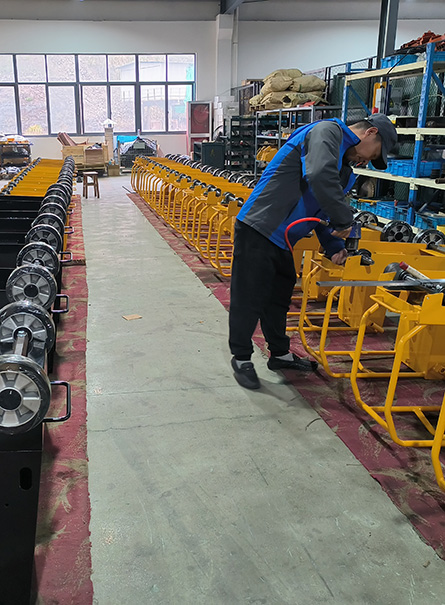The compacting problem of mixed subgrade
Soil-rock mixed subgrade is also relatively common at present. Different soils in the mixed soil have large differences in particle size and water state, and their compaction characteristics are obviously different from those of fine-grained soil, which inevitably leads to different requirements on the compaction method and construction quality control of the mixed subgrade. Soil treatment requirements of soil-rock mixed subgrade are also different. When the stability of the subgrade is affected by groundwater or groundwater within the basement range, necessary measures such as drainage and interception should be taken for soil-rock mixed subgrade, or permeable materials should be filled at the bottom of the embankment to set up a permeable layer, so as to prevent the adverse effects of water on the subgrade.
Maximum dry density and optimum water content are two important indexes to control compaction degree. For the filling with different proportions of soil and rock mixture, the site dry density should be measured to control the compaction quality. In addition, the optimum moisture content of the soil should be calculated before the compaction operation to ensure the effect of compaction.
Therefore, it is difficult to compact the mixed soil.
What is Horizont's solution in mixed soil environments?
Three compaction methods can be used for the compaction of mixed soils. The first is to take vibration rolling, vibration compaction machine according to the size of the compaction area can choose vibratory plate compactors or vibratory rollers for continuous compaction, in general, the combination of the two is more efficient. The second is impact compaction, which is a process of depth compaction of the soil. The main parameters controlled by this process are vibration frequency, the number of impact compaction passes, and impact compaction speed. We can choose tamping rammers for deep compaction. The third is layered compaction, after each filling, vibration rolling, and impact rolling, each layer of soil compaction thickness requirements are different, to be strictly by the standards for compaction, to better control the quality of construction.


